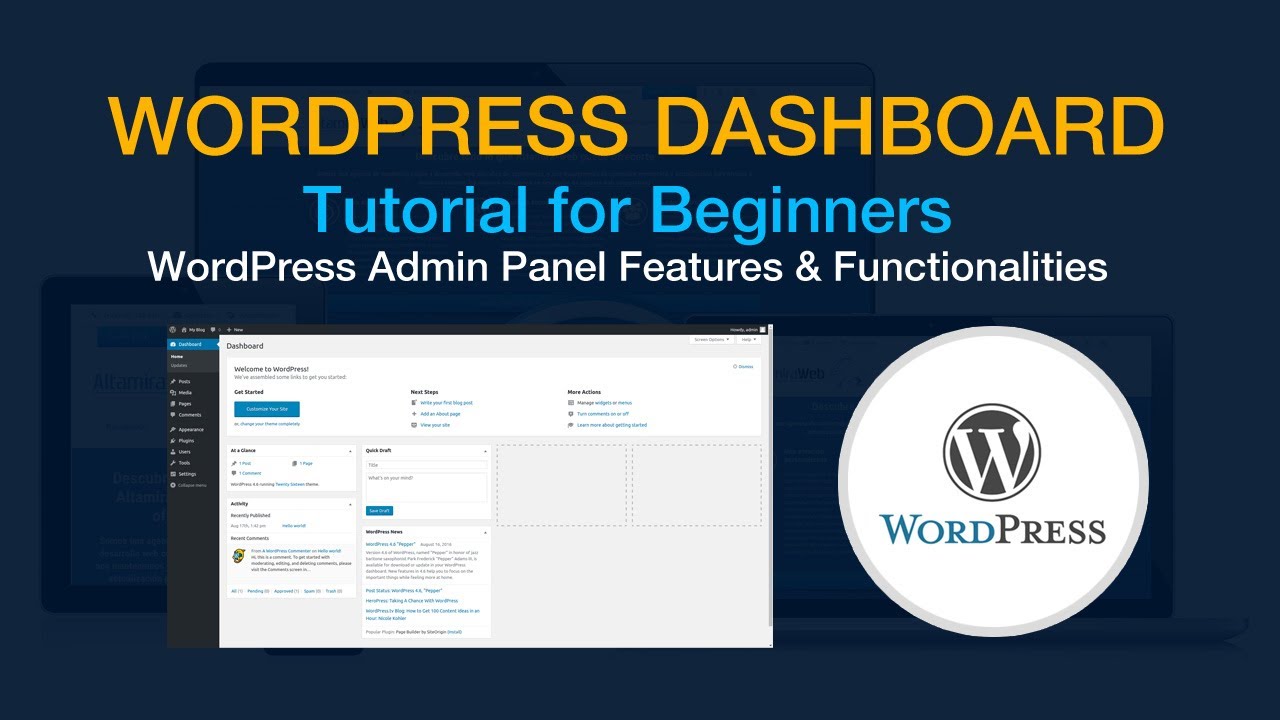Avoiding Common Mistakes in Website Prompt Design
Introduction to Website Prompts
What Are Website Prompts?
Website prompts, often known as pop-ups or notifications, are parts of the graphical user interface that show on a webpage to deliver vital messages, collect user input, or suggest certain activities. Other names for website prompts include pop-ups and notifications. When they are created correctly, prompts have the potential to increase user engagement, boost conversions, and give visitors with information that is of great usefulness. On the other hand, a terrible user experience might be the result of poor design and implementation, which can therefore lead to frustration and a deterioration in the performance of the website. Avoiding Common Mistakes in Website Prompt Design.
Common Mistakes in Prompt Design
Overwhelming Users with Too Many Prompts

When it comes to the design of prompts for websites, one of the most typical mistakes is to overwhelm consumers with an excessive number of prompts all at once. The user’s browsing experience can be disrupted and further involvement with the website can be discouraged as a result of experiencing this, which can be overwhelming and distracting. One of the most important things to do is to find a happy medium and restrict the number of prompts to only those that are needed and pertinent to the journey that the user is taking.
Unclear or Confusing Messaging
The use of language that is ambiguous or confusing in prompts is another typical mistake that users make, which makes it harder for them to comprehend the message or action that is meant for them. When it comes to ensuring that consumers can immediately understand the objective of the prompt and know what action to do next, it is essential to have messaging that is both clear and succinct. The irritation of users and the loss of potential conversion opportunities might be caused by instructions that are not clear.
Best Practices for Effective Prompt Design
Keep It Simple and Relevant
If you are designing prompts for a website, simplicity is essential. Concentrate on delivering communications that are unambiguous, succinct, and pertinent, and that are in line with the requirements and anticipations of the user. The use of superfluous jargon or terminology that is overly complicated can cause users to become confused and discourage them from doing the desired activity. Maintaining a design that is uncluttered and visually appealing is an effective way to attract the attention of users without overwhelming them.

Use Strategic Timing and Placement
When it comes to the efficiency of website prompts, timing and location are two of the most important factors. When the user is still browsing the website, it is best to avoid presenting prompts too early in the journey of the user process. Instead, display prompts at the most appropriate times by making use of strategic triggers such as the intent to depart the page, the depth of the scroll, or the amount of time spent on the page. In addition, it is important to take into consideration the positioning of prompts on the page in order to guarantee that they are clearly perceived by the user without impeding their view or navigation.
Provide Clear Call-to-Action (CTA)
Each and every prompt on a website ought to incorporate a call-to-action (CTA) that is both comprehensible and persuasive, directing people in the direction of the intended action. In order to encourage users to take prompt action, the call to action (CTA) should be clear and convincing, regardless of whether it is for the purpose of providing feedback, making a purchase, or signing up for a newsletter. Make use of wording that is action-oriented and physically differentiate the call to action button in order to make it stand out and capture the attention of users.

Testing and Optimization
Monitor Performance and Gather Feedback
When it comes to enhancing the efficiency of website prompts over time, continuous monitoring and optimization are absolutely necessary. In order to determine whether or not your prompts are successful, it is important to monitor relevant performance indicators such as click-through rate (CTR), conversion rate, and user engagement. It is important to collect input from users by conducting surveys, interviews, or usability testing in order to identify areas that need improvement and to make decisions based on the data collected.
A/B Testing for Optimization
A/B testing is a useful method that may be used to test many kinds of website prompts in order to find which design or messaging is most likely to resonate with your audience. Through the process of developing numerous iterations of a prompt and comparing their performance to one another, you will be able to determine which aspects of the prompt are the most successful and then modify your design accordingly. Try out a variety of colors, fonts, messages, and calls to action (CTAs) in order to identify the best combination that will result in the largest number of conversions and the highest level of user happiness.
Conclusion
The user experience, messaging, timing, and optimization are all important factors that need to be carefully considered when designing effective website prompts. You are able to build prompts that improve user engagement, boost conversions, and contribute to the overall success of your website if you avoid typical mistakes such as overwhelming users with an excessive number of prompts or utilizing message that is not clear. You can guarantee that you are delivering important and relevant messages that resonate with your audience by implementing best practices, regularly testing and optimizing your prompts, and listening to feedback from users.




